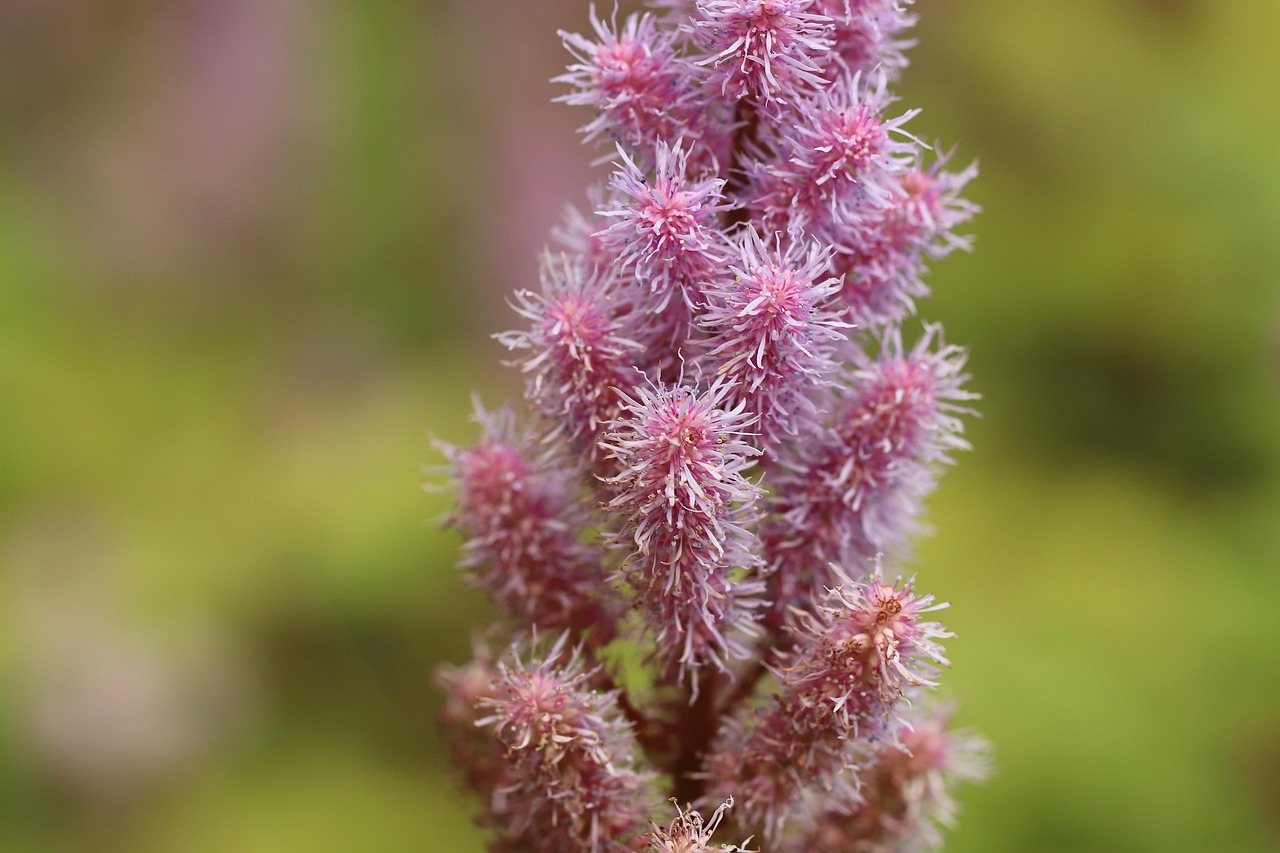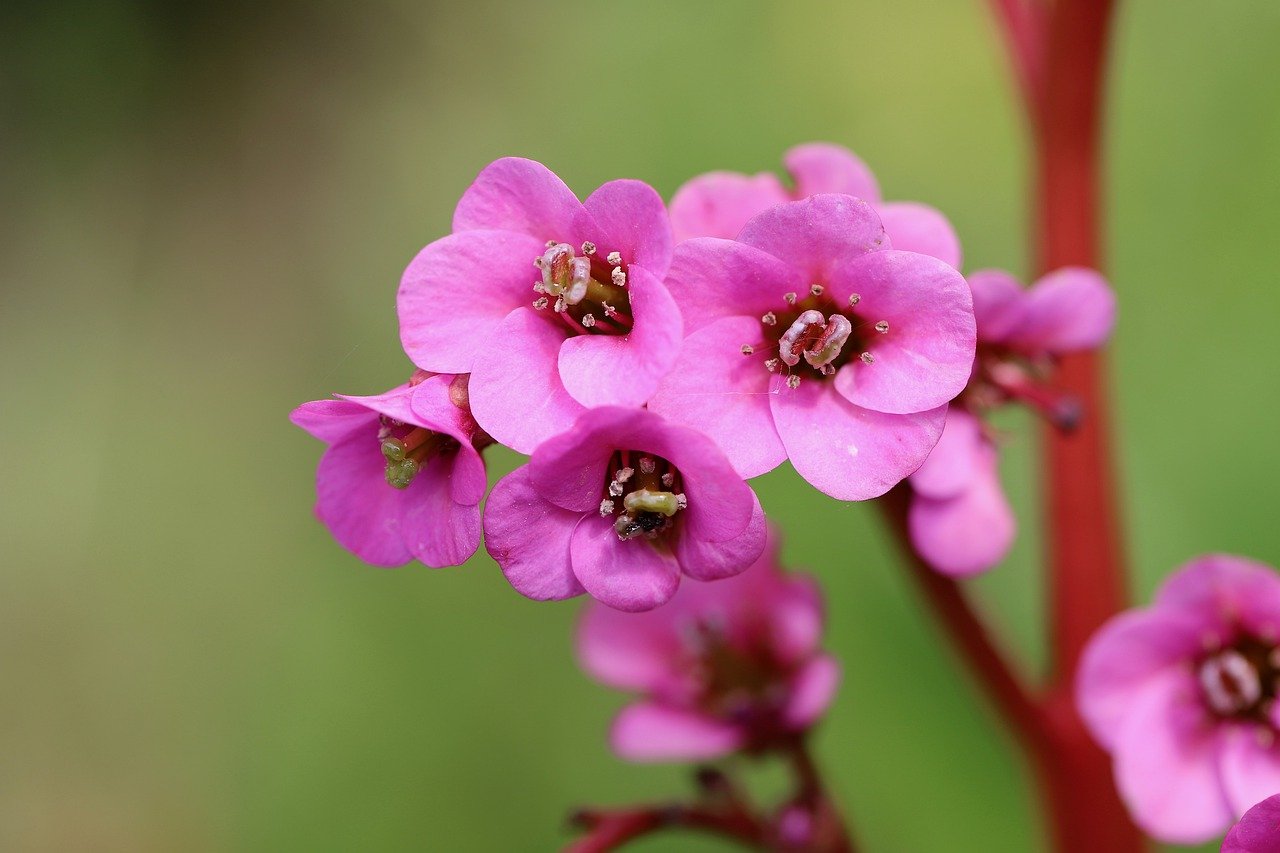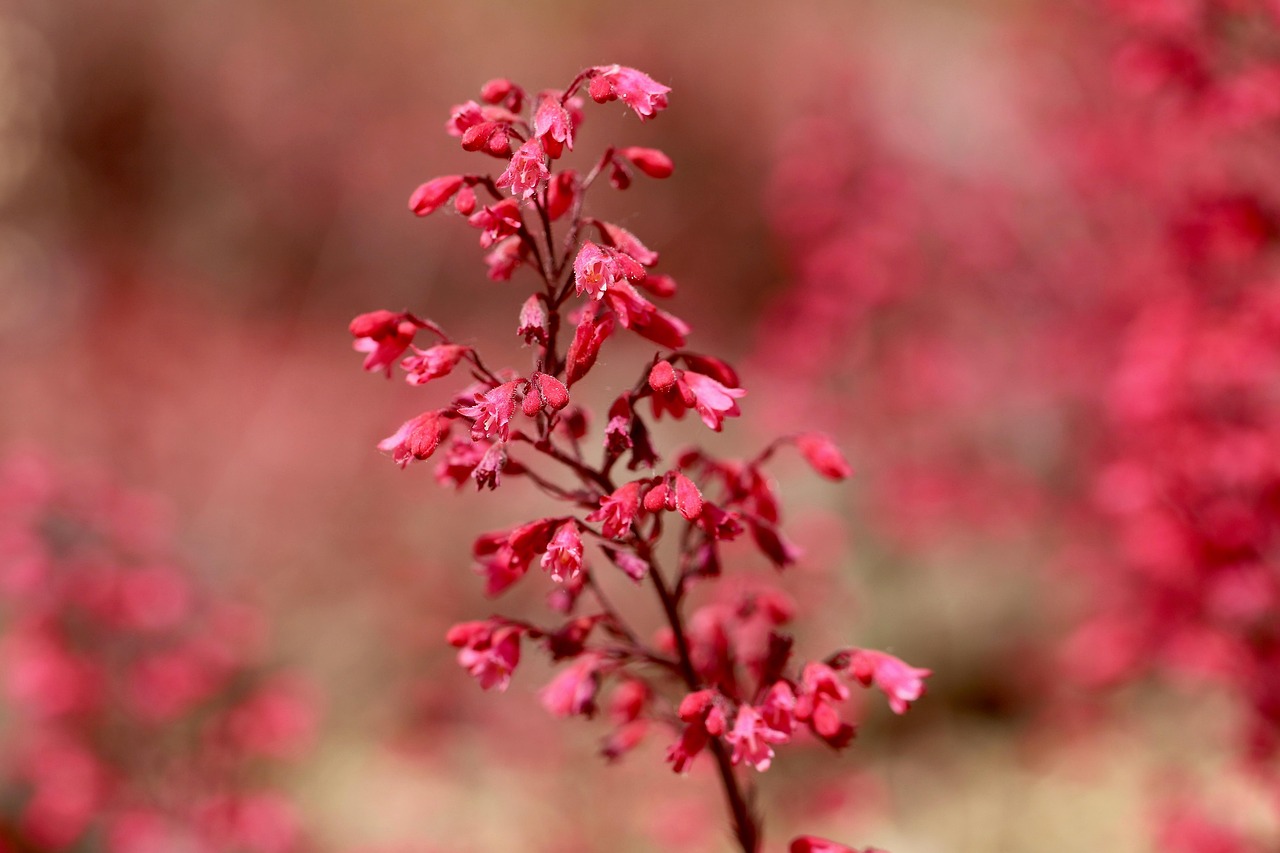Japanese Astilbe: Features and Care

Japanese astilbe is a perennial plant known for its delicate, feathery flower plumes and glossy foliage. It thrives in moist, partially shaded environments, making it ideal for traditional Japanese gardens and shaded areas beneath trees. Native to the mountainous regions of Japan, its soft white or pale pink blooms appear in early summer, bringing a quiet and graceful charm.
This article introduces the key features, cultural background, historical significance, and care tips for Japanese astilbe.
Basic Information
- Scientific name: Astilbe japonica
- Family: Saxifragaceae
- Origin: Japan (central to northern Honshu)
- Appearance: Reaching 30–60 cm in height, it has finely divided leaves and upright flower stems. In early summer, the small flowers form fluffy, plume-like clusters that convey a refreshing impression.
- Blooming season: June to July
Cultural Significance Around the World
In Japan, Japanese astilbe is often used in traditional gardens to create a sense of harmony and tranquility. It is typically planted alongside moss, ferns, and stones, blending naturally into the landscape. Its understated beauty aligns with the Japanese aesthetic of simplicity and quiet elegance.
In Europe and North America, interest in Asian plants grew during the late 19th and early 20th centuries, leading to the introduction of Astilbe japonica as an ornamental plant. Today, it is known as “Japanese astilbe” and appreciated as a reliable perennial for shade gardens and borders.
Historical Background
Japanese astilbe was introduced to the West during the Meiji period through plant collectors fascinated by Japan’s native flora. As Western gardening trends began to embrace Japanese influences, this species gained attention for its graceful flowers and shade-loving nature.
In the early 20th century, German horticulturist Georg Arends used Astilbe japonica in hybridization programs, creating many cultivars still in use today. As a result, the species has had a lasting impact on the development of astilbe varieties and remains significant in horticultural history.
Gardening Tips
Japanese astilbe prefers cool, moist environments with filtered sunlight. Here are some essential care points:
Light
Prefers partial to light shade. Avoid harsh direct sun, which can damage the foliage.
Watering
Keep the soil consistently moist. During summer, water in the morning and evening to prevent drying out.
Soil
Use humus-rich, well-drained but moisture-retentive soil. Ideal for damp areas like woodland gardens.
Fertilizing
Apply slow-release fertilizer in spring and after flowering. Avoid over-fertilization by following recommended amounts.
Pruning
Cut flower stems at the base after blooming. Remove dead leaves to improve air circulation.
Winter care
Cold-hardy in most climates. In colder regions, protect the base with mulch for added insulation.
Conclusion
Japanese astilbe is a graceful, shade-loving perennial native to Japan. Valued in traditional gardens for its subtle beauty, it was introduced to Europe during the Meiji era and later played a key role in the development of modern astilbe hybrids.
Known as “Japanese astilbe” around the world, it continues to be cherished for its soft early-summer blooms and ability to bring quiet elegance to shaded garden spaces.



